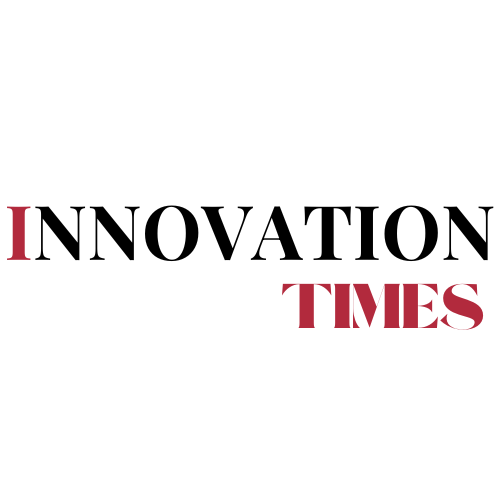Washington, D.C. – In a move that has sent shockwaves through the media landscape, the Trump administration has barred The Associated Press (AP) from covering White House events for the third consecutive day. This decision comes amid growing tensions over AP’s refusal to adopt the administration’s rebranding of the Gulf of Mexico as the “Gulf of America.”
AP Executive Editor Julie Pace condemned the White House’s actions, describing them as a “deeply troubling escalation” of efforts to suppress press freedom. “This is a plain violation of the First Amendment, and we urge the Trump administration in the strongest terms to stop this practice,” she stated.
The latest restriction took place on Thursday when an AP journalist was denied access to President Donald Trump’s joint press conference with Indian Prime Minister Narendra Modi. This follows two prior instances—Tuesday’s executive order signing and Wednesday’s swearing-in of Director of National Intelligence Tulsi Gabbard—where AP reporters were also blocked.
The conflict stems from AP’s editorial decision to continue referring to the body of water as the “Gulf of Mexico,” despite Trump’s recent executive order renaming it the “Gulf of America.” The AP argues that the name change is not internationally recognized, as the Gulf extends into the territorial waters of Mexico and Cuba, making it inappropriate for a U.S. executive order to unilaterally alter its designation.
White House Press Secretary Karoline Leavitt defended the administration’s stance, stating, “It is a fact that the body of water off the coast of Louisiana is called the Gulf of America. And I am not sure why news outlets don’t want to call it that.” Leavitt further claimed that private companies such as Apple and Google have already updated the name in their geographic databases.
The decision to bar AP reporters has drawn widespread condemnation from press freedom advocates. Eugene Daniels, president of the White House Correspondents’ Association, called the move “outrageous” and warned of its potential chilling effect on journalism. “The attempted government censorship of a free press risks a chilling effect on journalists doing their job without fear or favor on behalf of the American people,” Daniels said in a statement.
He further highlighted the contradiction in the administration’s actions, stating, “This is a textbook violation of not only the First Amendment but also the president’s own executive order on freedom of speech and ending federal censorship. We again call on the White House to immediately reverse course and restore access to AP journalists.”
Constitutional experts argue that selectively barring journalists from covering White House events sets a dangerous precedent. Professor Michael Strauss, a constitutional law expert at Georgetown University, explained, “The First Amendment is clear on this issue. A free press is essential for democracy, and any attempt to curtail its access to government proceedings poses a significant threat to democratic values.”
The White House’s actions have also sparked discussions among lawmakers, with several members of Congress expressing concerns over the administration’s handling of the press. Senator Elizabeth Warren criticized the move, stating, “This is an outright attack on press freedom. The American people deserve transparency from their leaders, not selective censorship.”
The controversy has not gone unnoticed on the global stage. International watchdog organizations, including Reporters Without Borders and the Committee to Protect Journalists, have voiced their opposition, calling for the immediate restoration of press access.
Foreign governments have also weighed in on the matter, with several European and Latin American leaders condemning the Trump administration’s actions. British Prime Minister Rishi Sunak stated, “A free press is the backbone of any democratic society. We urge the U.S. administration to uphold this fundamental right.”
This incident marks one of the most significant clashes between a sitting U.S. president and the press in modern history. It raises concerns about the future of independent journalism and the ability of media organizations to hold the government accountable.
Legal experts suggest that barring specific news outlets from public events could set a dangerous precedent. “If the government can selectively choose which journalists are allowed access based on their editorial stance, it undermines the very foundation of press freedom,” Strauss reiterated.
As global media organizations rally behind AP, all eyes are on the Trump administration’s next move. Will the White House continue to tighten media restrictions, or will mounting public pressure force a reversal?
For those who value press freedom and unbiased reporting, now is the time to stay informed. Subscribe to Innovation Times for the latest updates on politics, media, and global affairs.
Stay ahead of the news. Sign up now at www.innovationtimes.com
Stay ahead with the latest news on global innovation, leadership, entrepreneurship, business, and tech. Join us on WhatsApp or Telegram for real-time updates. Have a report or article? Send it to report@theinnovationtimes.com.
Follow us on X (Twitter), Instagram, LinkedIn, Pinterest and Facebook for more insights and trends



